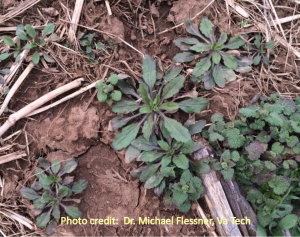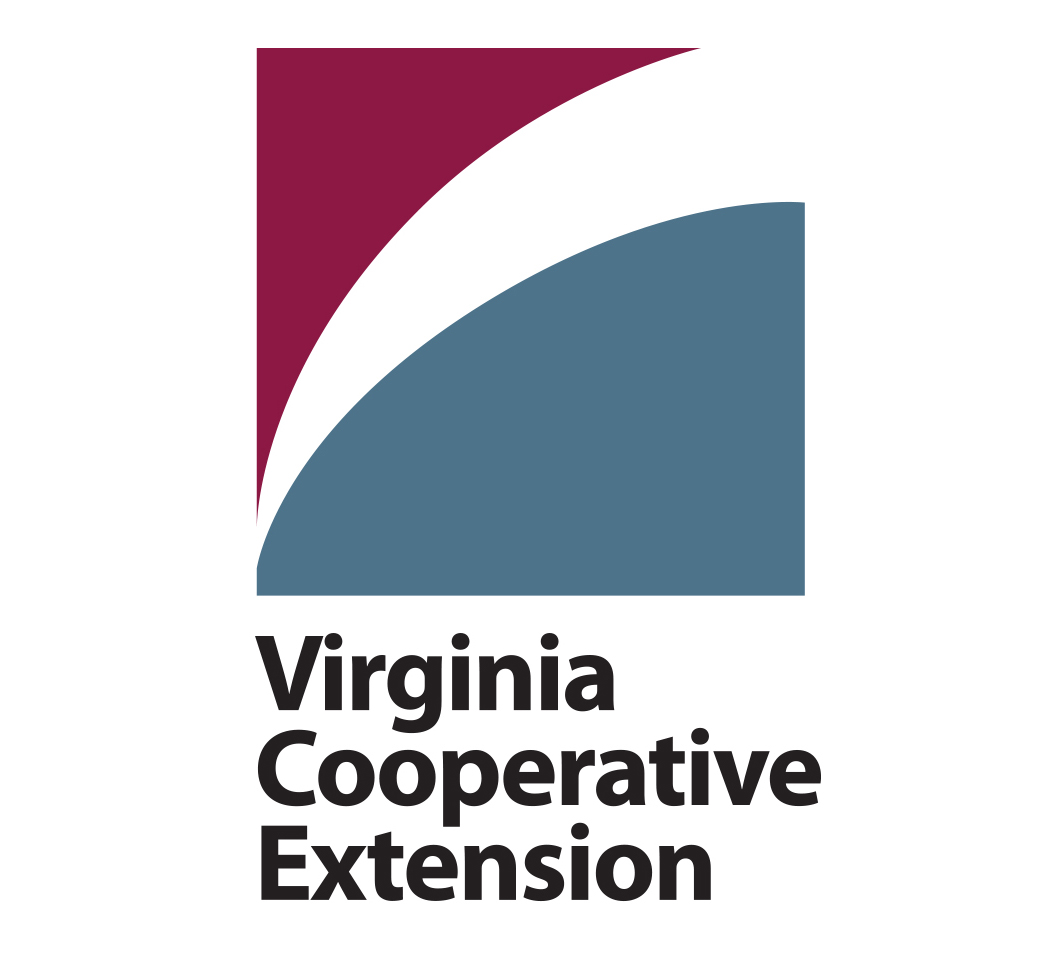At this point in the season, many cotton fields have been treated once for mid-season plant bug/stink bug. The next decision will be focused on bollworm control—whether it is needed, and if so, what insecticides to use. We are seeing a general increase in bollworm moth activity at TAREC and have gotten recent reports of some pretty large worm infestations in a couple of peanut fields in the cotton area, and outbreaks in a couple of soybean fields in the Suffolk area. Caution: if the earlier applied mid-season plant bug/stink bug spray included a pyrethroid (e.g., bifenthrin), the beneficial populations in those fields will have been depleted—which makes them more susceptible to bollworm.
We have plenty of data that shows that cotton varieties with bollworm protection traits can be damaged by worms. Some escape the toxin, survive, and feed on bolls. We have seen as much as 9% or more boll damage in some varieties which is 3 times our working threshold of 3% live worms/fresh boll damage. But, that was in years when bollworm pressure was high. In years like 2014 and 2015 when bollworm populations were very light, we saw essentially no boll damage in any of the varieties. So what is the 2016 situation? So far it looks like we may be looking at heavier pressure than last year, light to moderate depending on the field—but—we won’t know for sure for another few weeks—as the main flight out of field corn has not kicked in yet. The corn crop is generally a little behind and a little less mature than normal for this time of year because of later planting and good rainfall.
The best approach for managing bollworm in cotton is to scout fields for worms by inspecting small bolls, the terminals, and under flowers (boll tags) for live worms or damage. As mentioned, our current threshold is 3% of the fruit or positions inspected with either live worms or damage.
We have a history of bollworm resistance to pyrethroids in Virginia and this year is no exception. Of the 650 or so moths tested so far, we are seeing about 40+% survival. This is high. So for the best control results we suggest using a non-pyrethroid (e.g., Prevathon, Belt, Blackhawk, or Intrepid Edge). Note that Belt is not widely available this season due to the registration being canceled by EPA. Distributors and growers can use existing stocks according to label, but when that is gone, that will be it—at least as far as we know.
We also recommend adding a pyrethroid to the worm product to clean up any plant bugs/stink bugs that may be in the cotton. There are several pyrethroid options, and I would use the highest labelled rate for stink bugs—for better kill and longer residual. Besiege is the only product that contains both the non-pyrethroid (= Prevathon) with a pyrethroid (= Karate). With all the other non-pyrethroids, you will have to do the tank mixing on the farm. And, it is past time to include any of the insecticides in the neonicotinoid class as they do not provide good control of either bollworms or stink bugs.



